Nagpur Updates
-
Nagpur Local
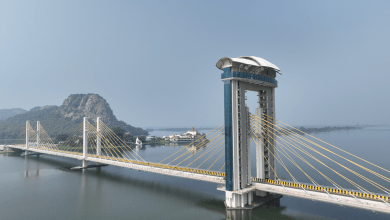
Ambhora Sky Gallery’s Soaring Popularity Hampered by Basic Amenity Lapses
A Tourism Marvel with a Troubling Underside The Ambhora Sky Gallery, built atop the newly-constructed bridge spanning the Wainganga River…
Read More » -
Informative

From Cart to Empire: Dolly Chaiwala Receives 1,609 Franchise Applications in Just Two Days
Nagpur’s most iconic tea seller, Sunil Patil, famously known as Dolly Chaiwala, is turning heads again—but this time, not just…
Read More » -
NMC
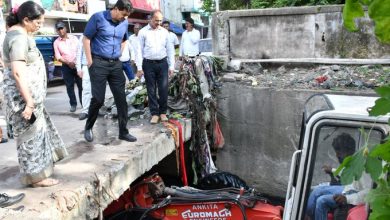
Spider Machine Revolutionizes Drain Cleaning: NMC Commissioner Leads Trial Inspection in Nagpur
In an unprecedented move to address chronic drain blockages and prevent monsoon-induced urban flooding, the Nagpur Municipal Corporation (NMC) has…
Read More » -
Nagpur Police
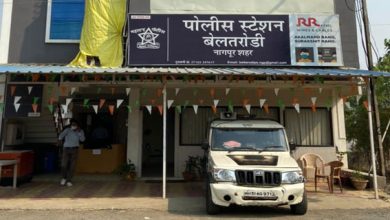
Beltarodi Police Resolves 30 Complaints in a Day, Reinforces Public Trust in Justice Delivery
In a significant initiative that underscores proactive community policing, the Beltarodi Police of Nagpur have successfully addressed and resolved 30…
Read More » -
Business

NMC Partners with Jio-bp to Launch EV Charging Network in Nagpur
In a transformative move to accelerate green mobility and electric vehicle (EV) adoption, the Nagpur Municipal Corporation (NMC) has officially…
Read More » -
Development
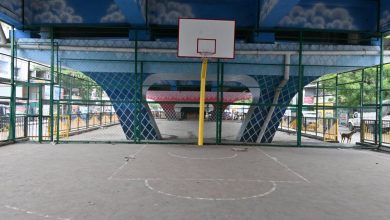
NMC’s Urban Revival: Transforming Flyover Spaces into Green Retreats and Sports Arenas
In a bold and visionary stride towards urban rejuvenation, the Nagpur Municipal Corporation (NMC) has initiated a transformative project that…
Read More » -
Nagpur Local

Snake Trouble in Nagpur? Here’s Who You Need to Call – And Fast!
As the monsoon season intensifies across Nagpur, the city is witnessing a dramatic spike in snake sightings — a pattern…
Read More » -
Nagpur Local
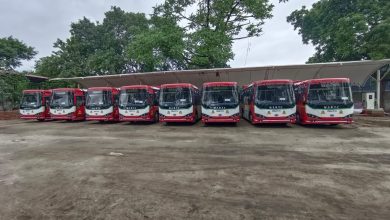
Nagpur to Deploy 850 Electric Buses by 2026: A Bold Move Towards Sustainable Urban Transit
Nagpur electric buses: The Nagpur Municipal Corporation (NMC) is ushering in a new era of eco-friendly transportation. Over the next…
Read More » -
Development
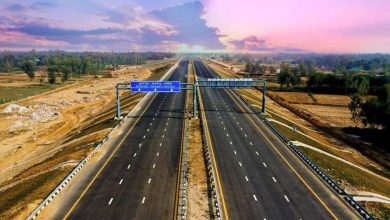
₹20,787 Crore Sanctioned for Nagpur-Goa Shaktipeeth Expressway: Full Route, Benefits & Economic Impact
Nagpur Goa Expressway: In a monumental move to boost connectivity and religious tourism across Maharashtra, the Maharashtra Cabinet has approved…
Read More » -
Development
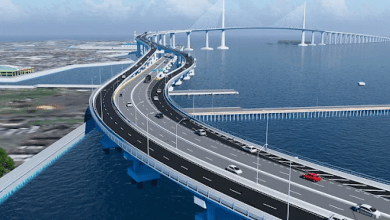
Maharashtra to Build India’s Longest Road Tunnel: A Leap Forward in Travel from Nagpur to Goa
Maharashtra longest road tunnel: In a monumental leap for India’s infrastructure development, Maharashtra is poised to construct India’s longest road…
Read More »

